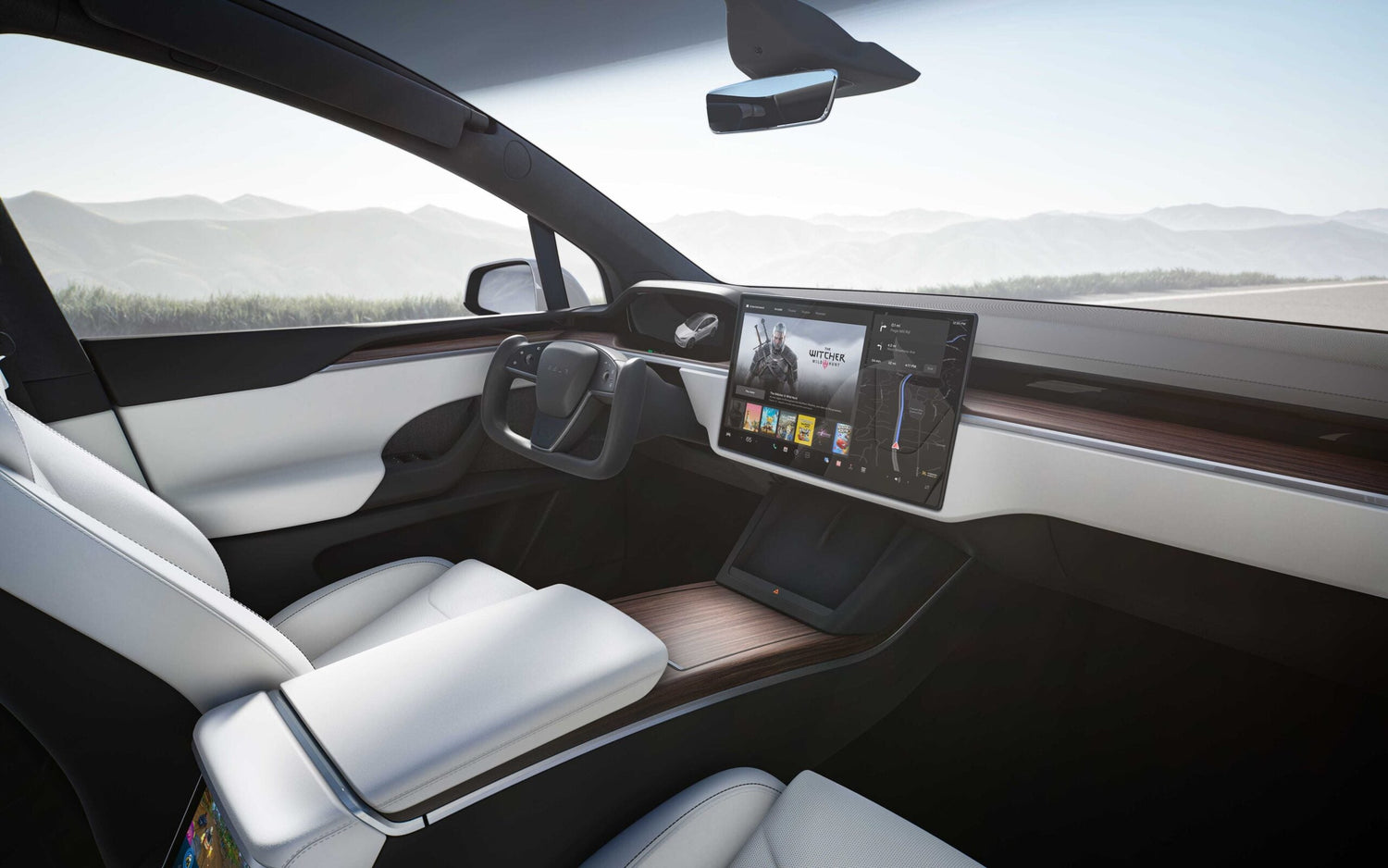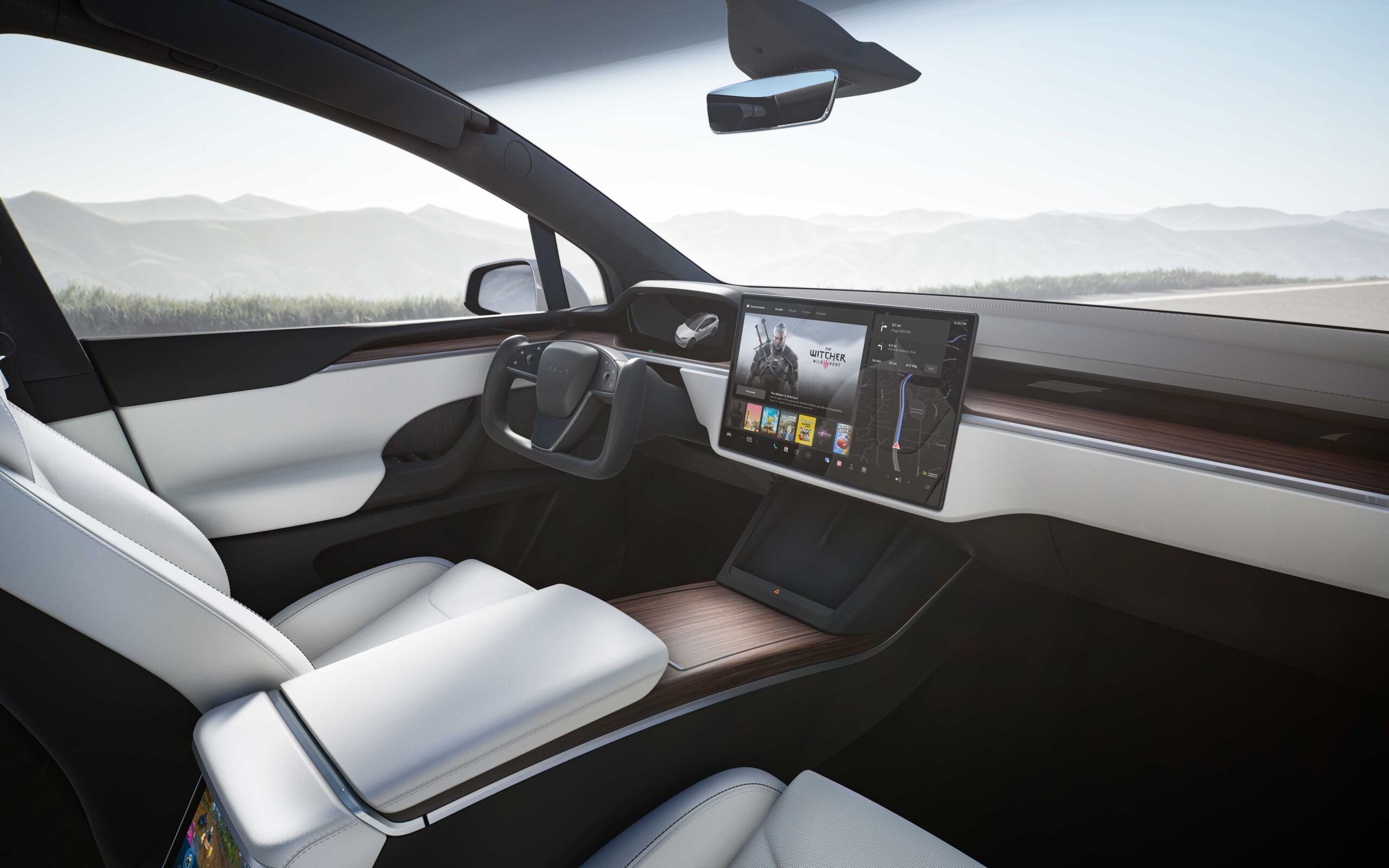
Why Are Digital Screens Now The Norm?
In a shocking turn of events in the automotive industry, Volkswagen announced that traditional buttons are coming back to their cars. Specifically, on their steering wheels. This is a breath of fresh air for the automotive industry, where large infotainment screens, digital dashboards and touch controls are now the norm for driver interfaces.
Notice how many buttons and analog gauges are slowly being phased out in our cars today? Instead of everyone displaying their buttons on the steering wheel or center console, they are all condensed into one large infotainment screen. Even our driver's dashboard has fallen victim to this new trend. Gone are the days of analog speedometers. In luxury and high-end cars, infotainment screens are getting bigger and more high-tech.
Take the new 2023 Ford Mustang, for example. Gone are the analog and semi-analog gauges, replaced by new 12.3-inch all-digital gauges. Gone too are the days of seeing physical gauges go up and down when you step on the gas. Enthusiasts around the world are beginning to wonder - where have our analog buttons and gauges gone? The answer lies in the natural progression of technology and simplicity of manufacturing.
Simply put, analog technology is being phased out due to the natural progression of technology. Charles Darwin coined the term "evolution" for animals and humans. Technological emulation is simply teaching. Big, bulky CRT monitors and TVs were replaced by LCD monitors and TVs, Kodak film cameras were replaced by digital cameras, and then came the smartphone.
Switching to digital screens does have its advantages. It simplifies the structure and reduces production costs compared to analog technology. In addition, automakers can compress more functions into one operating system under one screen than with analog technology. It's a win-win situation, right?

Benefits of Infotainment Systems and Digital Instrument Clusters
Advances in technology have essentially made today's cars smartphones on wheels. Instead of replacing cassettes or CDs, simply change the playlist on your phone via a Bluetooth connection. The touchscreen display can also show your navigation route. Climate control, ambient lighting and service status? Everything is just a simple touch away. The simplicity of digital and touchscreen technology allows for easy user interaction.
However, this begs the question - with increasingly stringent laws and regulations in place to prevent drivers from using smartphones, why are automakers increasingly introducing touchscreen displays in their cars?
Gesture Controls: Some advanced touchscreen systems support gesture controls, allowing users to interact with the infotainment system through hand movements. This feature adds an extra layer of convenience and can be particularly useful when driving.
Improved Efficiency: Touchscreens can be more space-efficient than physical controls, allowing for a cleaner and more streamlined dashboard design. This can contribute to weight reduction and improved fuel efficiency.
Competitive Edge: Automakers often strive to differentiate their vehicles in a competitive market. The inclusion of advanced touchscreen technology can be a selling point and help attract consumers who are looking for modern and technologically advanced features in their vehicles.
While touchscreen displays offer numerous benefits, it's important for automakers to ensure that the design minimizes distractions and promotes safe driving practices. The integration of voice controls and tactile feedback features can further enhance the usability and safety of touchscreen interfaces in cars.
